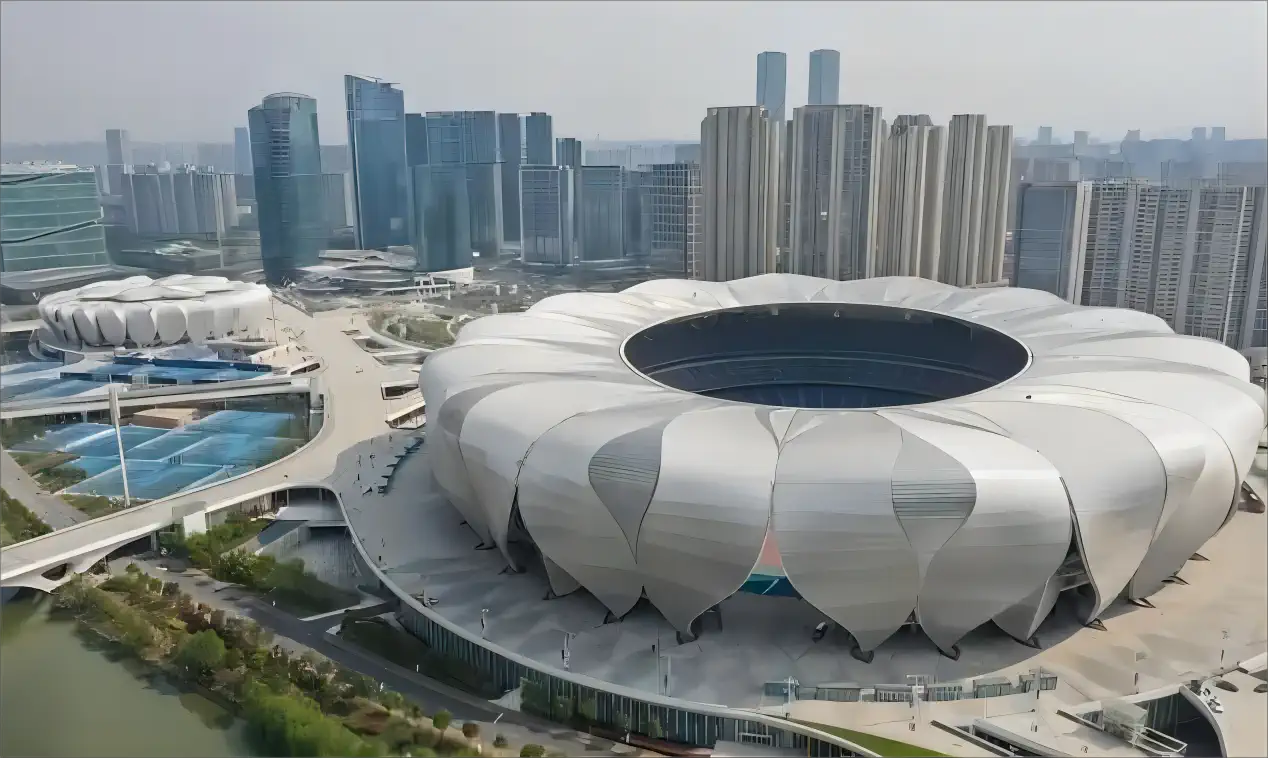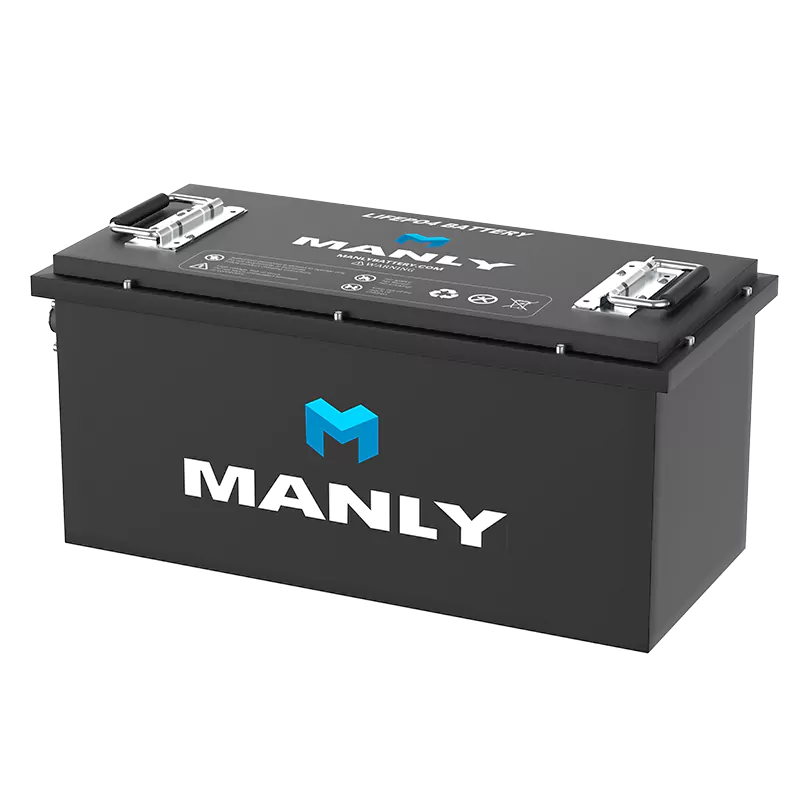Dive into Hangzhou's Digital Asian Games Universe
Table of Contents
- Dive into Hangzhou's Digital Asian Games Universe
- Hangzhou's Tech-Driven 19th Asian Games Spectacle
- Meet the Robot Team at Gongshu Canal Sports Park Stadium
- Smart Tech: Changing the Asian Games Experience
- Digital Advancements: How Hangzhou Elevated the Asian Games Experience
- Digital Mastery: Hangzhou's Massive Asian Games Village
- Hangzhou Asian Games: A Tech-Driven Spectacle for the World
- Denmark customer 290pcs 25.6V 36Ah disinfection robot lithium battery ,ready to test
- The Working Principle of Solar Monitoring System
- Robot Lawn Mowers: Everything You Need to Know
- Comprehensive Guide: Purchasing Lithium Batteries Directly from Manufacturers
- Hangzhou's Tech-Driven 19th Asian Games Spectacle

Hangzhou's Tech-Driven 19th Asian Games Spectacle
Meet the Robot Team at Gongshu Canal Sports Park Stadium
A significant impact of tech growth is human labor savings. At the Asian Games, smart tech was everywhere, with robots of all types stepping in to make things more efficient. Take the Gongshu Canal Sports Park Stadium, for instance: they had a whole "robot team" in place. Enter the venue, and a service robot named "Benny" will guide you. The security patrol robot "Benny Pro" follows its route, snapping pics of any issues, with staff managing everything via a cloud platform. But powering these robots requires robust, long-lasting energy. Most security patrol robots, which are designed to boost security efficiency, run on either lead-acid or lithium-ion batteries.Lead-acid batteries have several perks: high energy potential, good reversibility, wide temperature usage range, affordable raw materials, and mature tech. In contrast, lithium-ion batteries, when matched in voltage and capacity to lead-acid ones, are half the size and a quarter of the weight but last three times longer. They're the world's most advanced rechargeable batteries, boasting a small size, light weight, high energy density, long lifespan, no memory effect, and environmental friendliness. MANLY Battery is leading China's Battery Industry with 13+ Years of Expertise. Dive into the advanced protection technology of MANLY's robot batteries.
In contrast, lithium-ion batteries, when matched in voltage and capacity to lead-acid ones, are half the size and a quarter of the weight but last three times longer. They're the world's most advanced rechargeable batteries, boasting a small size, light weight, high energy density, long lifespan, no memory effect, and environmental friendliness. MANLY Battery is leading China's Battery Industry with 13+ Years of Expertise. Dive into the advanced protection technology of MANLY's robot batteries.- Engineered for resilience: Endure strong impacts without the risk of explosion or fire.
- Comprehensive Protection Suite: Features short circuit, overcharge, over-discharge, overvoltage, and overcurrent safeguards, topped with a balanced circuit.
- Smart BMS Customization: Tailor-made to include monitors that ensure balanced battery cells for unmatched protection.
- Additional Features: Optional Bluetooth connectivity and Battery Level Display for seamless user experience.





















